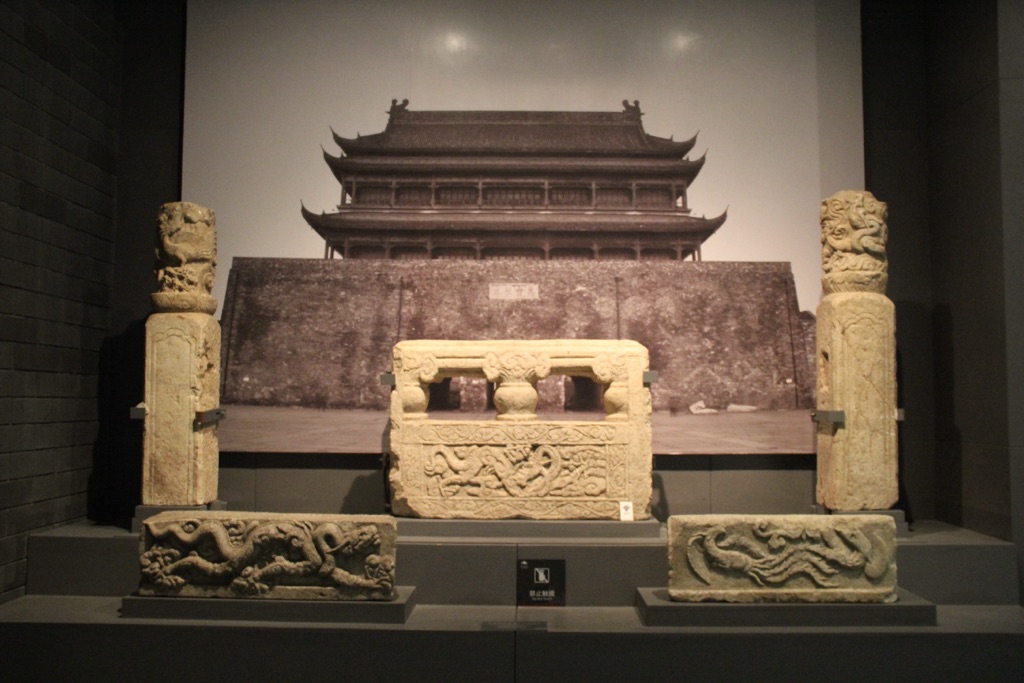The Tomb of Wang Zhaojun: A Symbol of Unity and Friendship The Tomb of Wang Zhaojun, also known as Qingzhong, stands prominently in the central area of the Zhaojun Museum. This historical site is located on the expansive Hohhot Plain within the Great Wall region of northern China. The tomb, shaped like an inverted funnel,…
Jin Dynasty
The Jin Dynasty, spanning from AD 265 to 420, marks a significant period in Chinese history, characterized by its division into two distinct phases: the Western Jin (AD 265-316) and the Eastern Jin (AD 317-420). This era followed the tumultuous Three Kingdoms period and was succeeded by the Southern and Northern Dynasties. The Jin Dynasty was founded by Sima Yan, also known as Emperor Wu, who managed to unify China under his rule, albeit for a brief period, before the empire fragmented due to internal strife and external pressures.
The Western Jin, established in Luoyang, enjoyed a short-lived unification of China. Emperor Wu’s reign saw the consolidation of imperial power and significant achievements in literature and art. However, the dynasty quickly became embroiled in power struggles among the ruling elites, leading to the War of the Eight Princes. This internal conflict weakened the state, making it vulnerable to invasions by nomadic tribes from the north, culminating in the devastating uprising of the Five Barbarians, which led to the sack of Luoyang in AD 311 and the eventual fall of the Western Jin by AD 316.
The remnants of the Jin court fled south, marking the beginning of the Eastern Jin, with its capital at Jiankang (modern-day Nanjing). Despite its precarious position, sandwiched between hostile states to the north and south, the Eastern Jin managed to survive for over a century. This period was marked by political instability and the dominance of powerful warlord families, such as the Wang and Xie clans, who often played kingmakers in the imperial court.
Religion during the Jin Dynasty saw significant developments, particularly with the introduction and spread of Buddhism. This period witnessed the translation of Buddhist scriptures into Chinese and the establishment of the religion’s first significant foothold in China, alongside Daoism and Confucianism. The Jin era contributed to the sinicization of Buddhism, which would play a crucial role in Chinese society and culture in the subsequent dynasties.
Social and daily life in the Jin Dynasty varied significantly between the north and south. In the south, where the Eastern Jin held sway, society was dominated by large, aristocratic families who owned vast estates and wielded considerable political and economic power. These families were deeply involved in the arts, literature, and scholarly pursuits, leading to a flourishing of culture known as the “Jin Literati Culture.” Meanwhile, the common people, although distant from these elite activities, contributed to the economy through agriculture, handicrafts, and trade.
The Jin Dynasty’s military history is marked by its struggles against non-Han Chinese states and nomadic tribes. The Eastern Jin, in particular, faced constant threats from the north, including the Former Qin state, which briefly reunified China under Fu Jian before his catastrophic defeat at the Battle of Fei River in AD 383. This battle, a pivotal moment in Jin history, allowed the Eastern Jin to survive for several more decades.
Notable rulers of the Jin Dynasty include its founder, Emperor Wu, whose reign heralded the dynasty’s brief unification of China; Emperor Hui, whose reign was marred by the War of the Eight Princes; and Emperor Yuan of the Eastern Jin, under whom the dynasty saw a period of relative stability and cultural achievement. However, the dynasty’s reliance on powerful aristocratic families for military and administrative support ultimately sowed the seeds of its decline.
The Jin Dynasty’s legacy is a complex tapestry of cultural flourishing and political fragmentation. It set the stage for the age of division in Chinese history, yet it also laid the groundwork for the cultural and religious developments that would define medieval China. The dynasty’s struggles and achievements reflect the enduring themes of unity and division in the country’s long history.

Zhongdu
Zhongdu, the capital of the Jurchen-led Jin dynasty in the 12th and 13th centuries, stood as a testament to the dynasty’s might and cultural achievements. Located in what is now Beijing, China, it was a city of grandeur and strategic importance. The Mongols, under Genghis Khan, razed Zhongdu in 1215 during their westward expansion. Its history is a rich tapestry of power struggles, cultural exchanges, and architectural innovation, reflecting the complex dynamics of the period.

